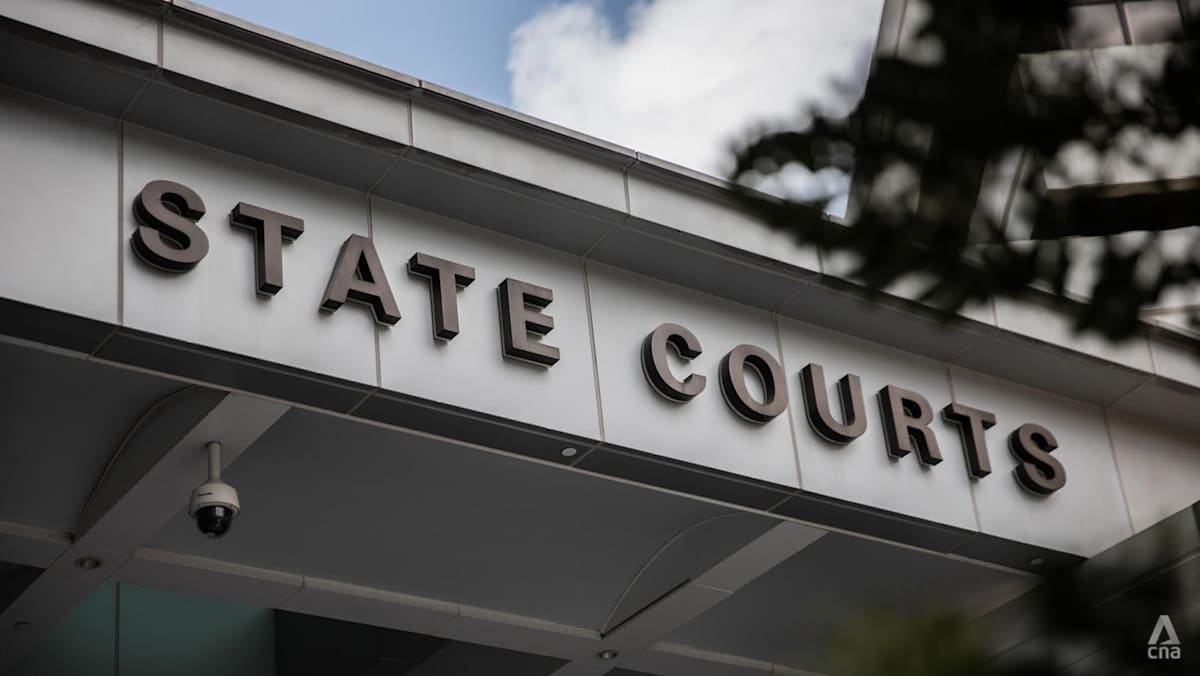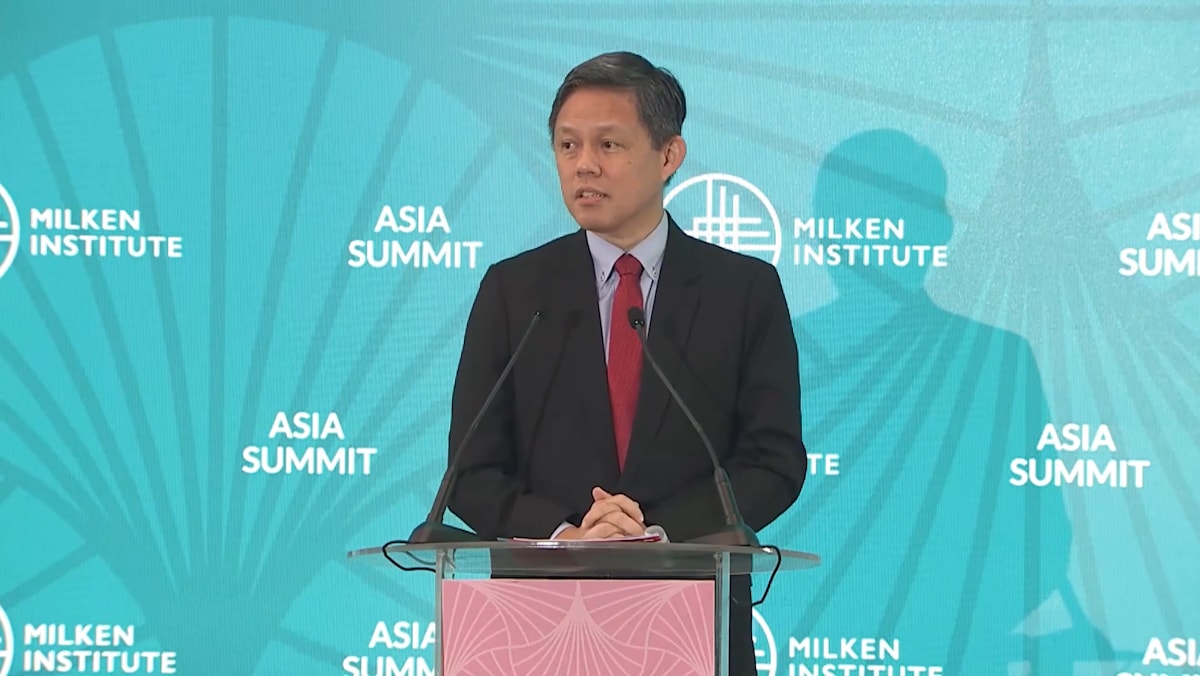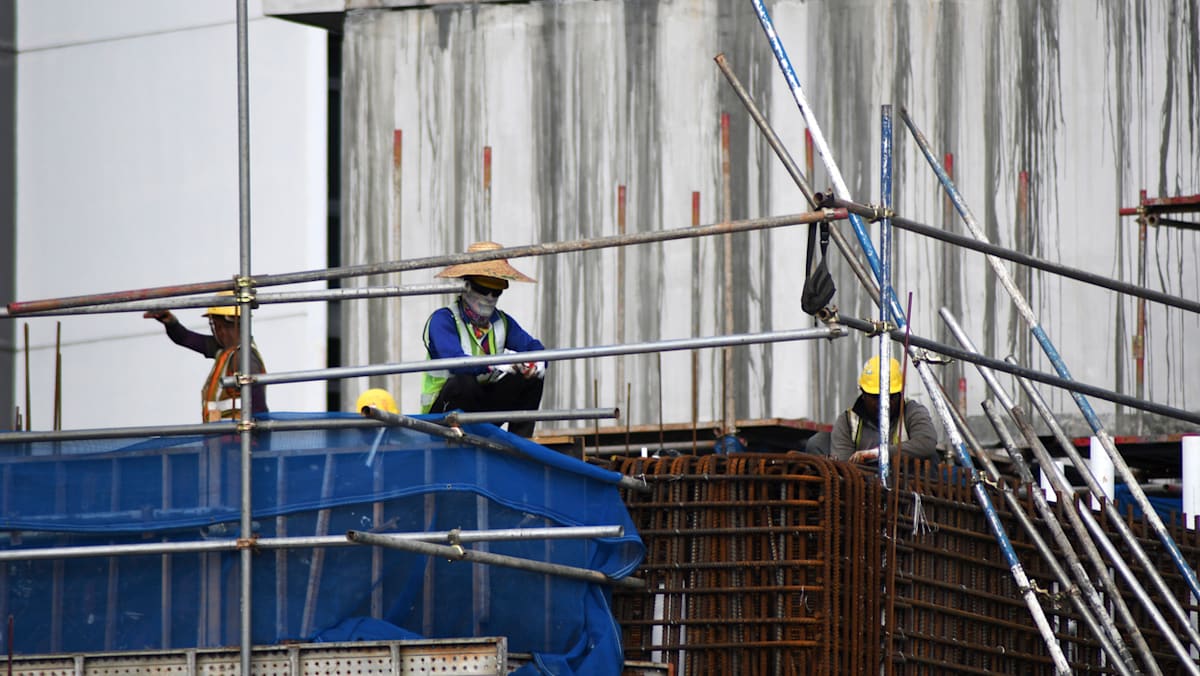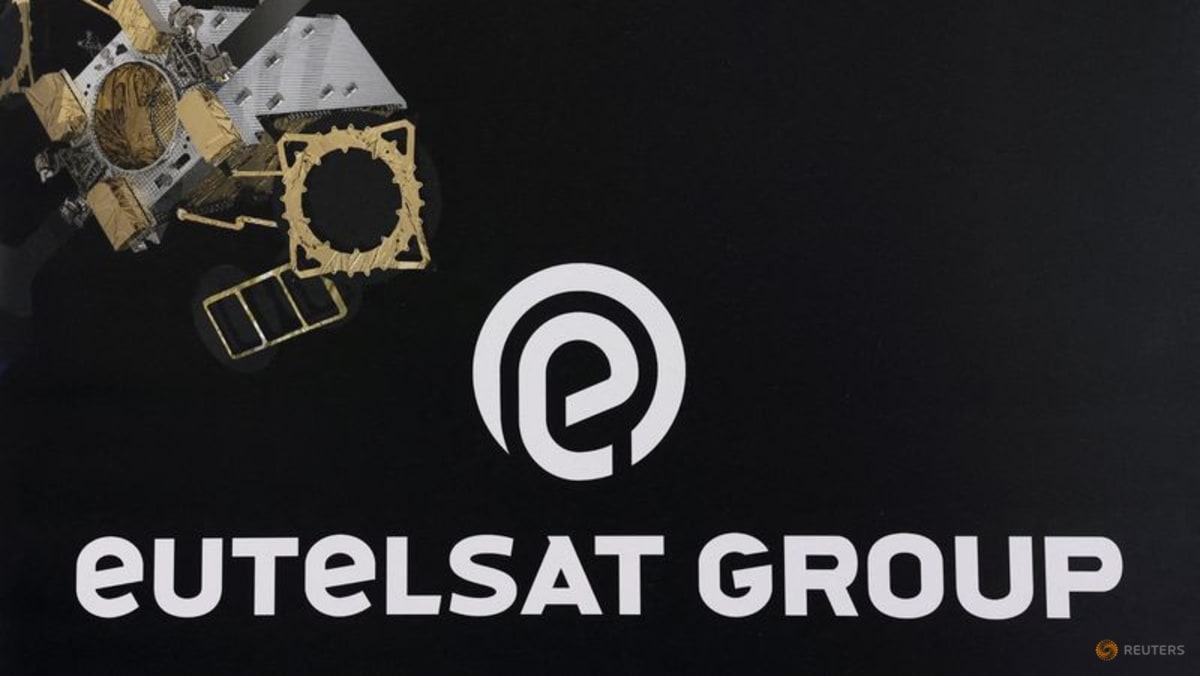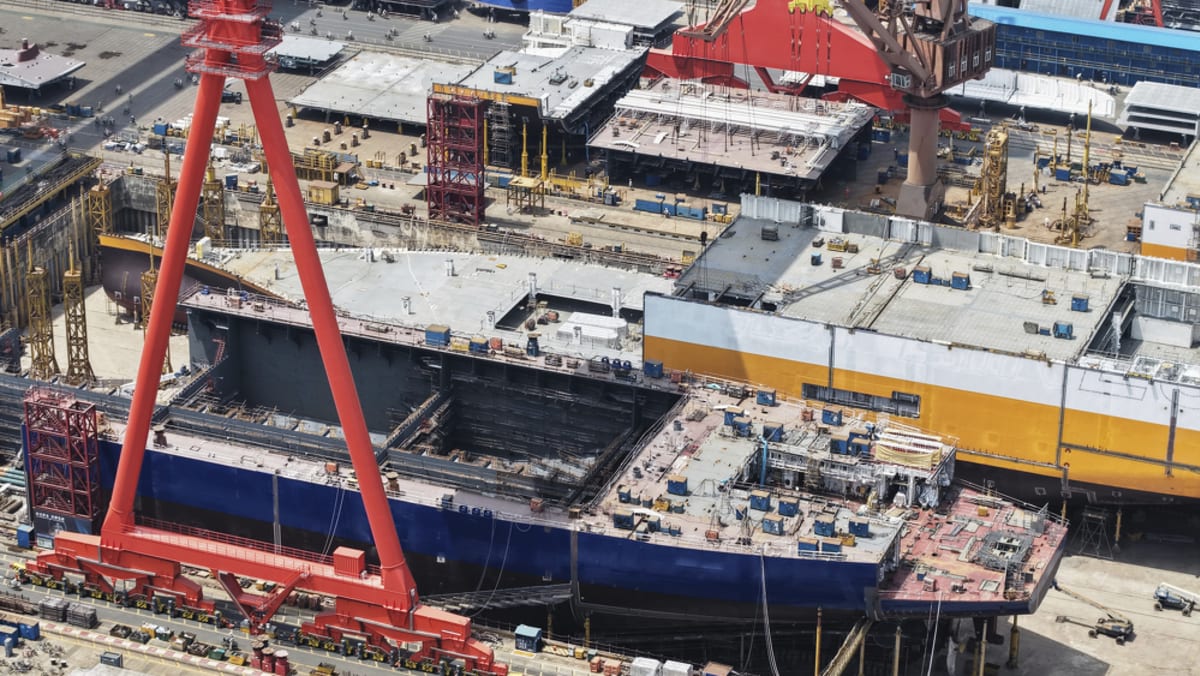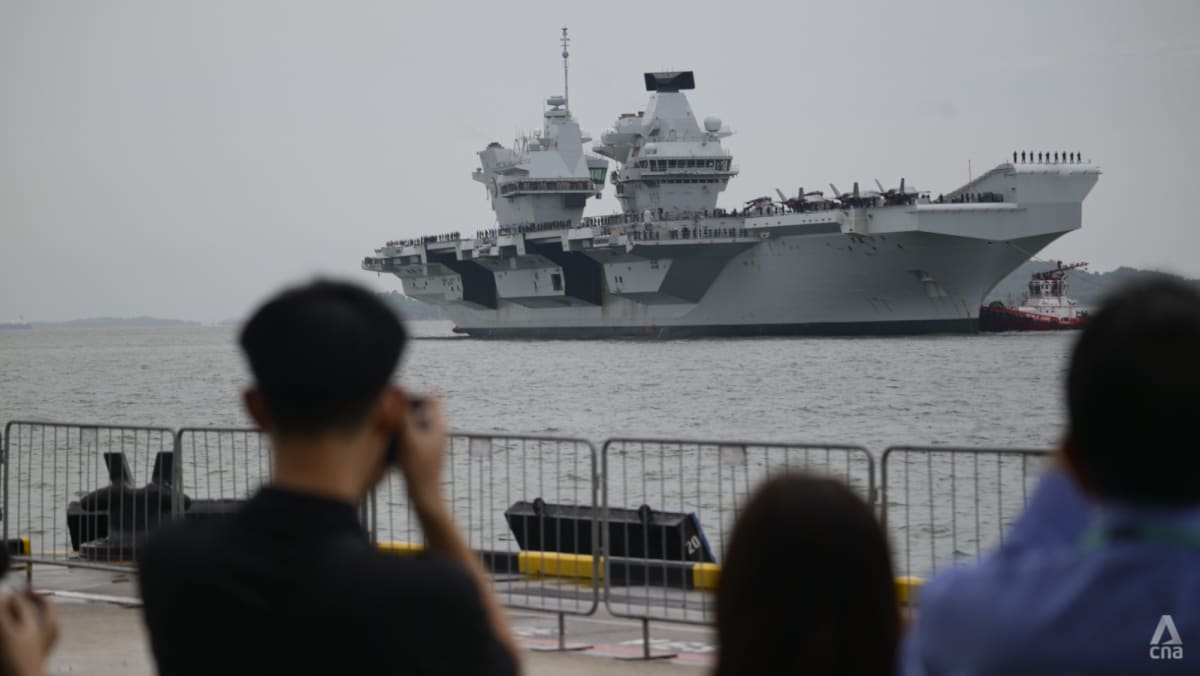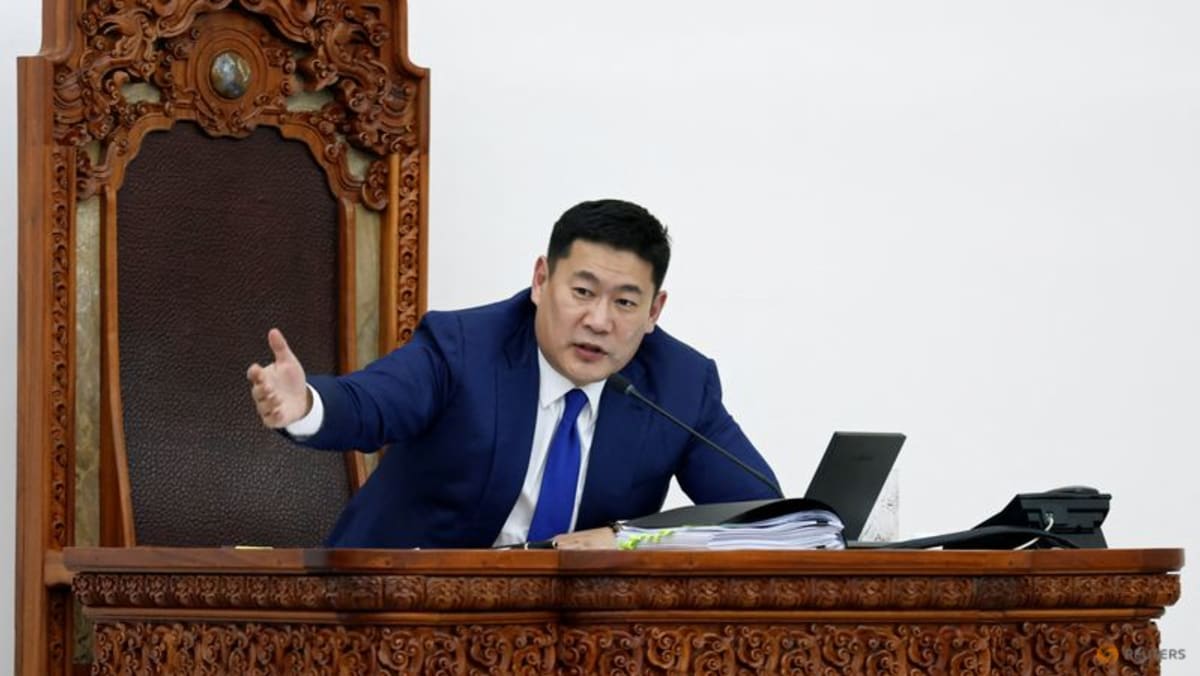Air India said on Tuesday it has completed precautionary inspections of the fuel control switch locking mechanism on all its Boeing 787 and 737 aircraft, with no issues detected.
The probe into the Air India crash that killed 241 of the 242 people on board and 19 on the ground is focused on the fuel control switches of the Boeing 787 jetliner, with a final report from India's Aircraft Accident Investigation Bureau (AAIB) expected within a year of the incident.
The switches control fuel flow to aircraft engines, allowing pilots to start or shut them down on the ground, or manually intervene during in-flight engine failures.
Air India began voluntary inspections of the switches on Jul 12. India's aviation regulator soon ordered all domestic carriers to conduct similar checks, prompting some foreign airlines and regulators to follow suit.
A preliminary report from the AAIB earlier this month found the switches had almost simultaneously flipped from 'run' to 'cutoff' shortly after takeoff, causing the engines to lose power.
The report cited a 2018 FAA advisory that urged operators of several Boeing models, including the 787, to inspect the locking mechanism on fuel cutoff switches to prevent unintentional movement.
The FAA and Boeing have privately issued notifications that the fuel switch locks on Boeing planes are safe, Reuters had reported.
Reuters reported last week, citing a source, that the cockpit recording on the Air India flight from Ahmedabad to London Gatwick suggested the captain cut fuel to the engines.
The AAIB has said it is too early to draw any conclusions.
Air India operates a fleet of Boeing 787 twin-aisle jets on its long-haul operations, while low-cost unit Air India Express operates the Boeing 737 single-aisle jets.




